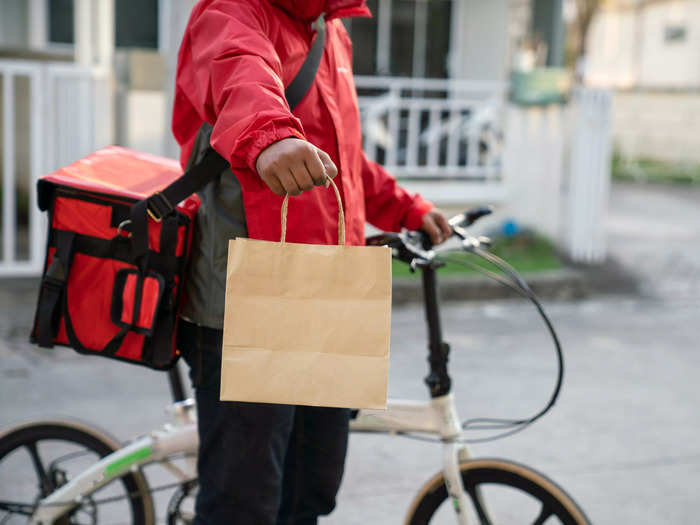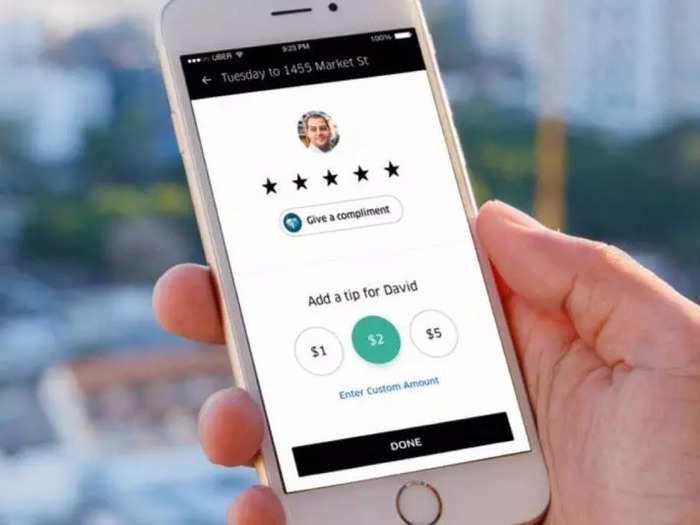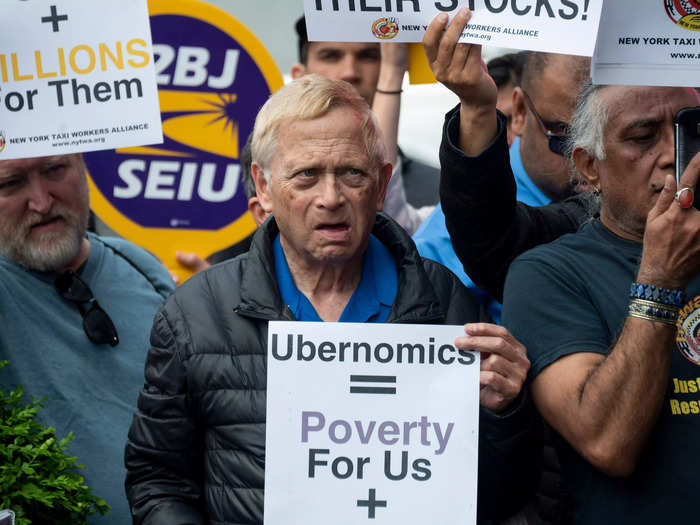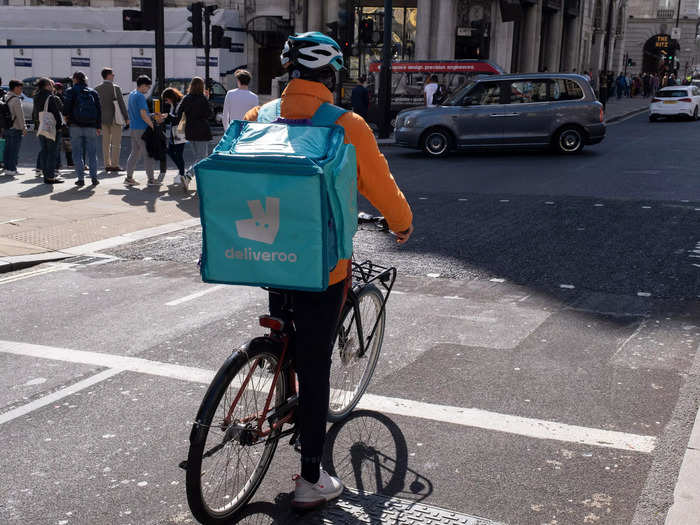If you hate tipping delivery people, drivers for Uber, Lyft, and DoorDash want you to consider these 4 main arguments why you should anyway
Jacob Zinkula
- Sergio Avedian, 55, has completed nearly 10,000 rides and deliveries as a gig worker.
- He told Insider that customers have been tipping less, and it's hurting gig workers.
"No tip, no trip."
That's the saying Sergio Avedian, a 55-year-old Uber and DoorDash driver in the Los Angeles area, has adopted over his eight years of part-time gig work.
During the 10 to 20 hours he drives per week, Avedian said he only accepts roughly 20% of the orders he sees come across the nine food-delivery apps he has on his phone. He told Insider that low or nonexistent upfront tips, or tips placed before a driver delivers the order, are the biggest reason.
"I learned really fast that this is not profitable without tips," he said. "And now I go, 'No tip, no trip, buddy. You want your food, you tip. If not, it ain't going to be me.'"
Prior to taking up gig work, Avedian worked on Wall Street for roughly 20 years as a derivatives-and-equity trader before retiring in 2008. In 2015, he took an interest in the gig economy and the algorithms behind the platforms and decided to drive for Uber to get some firsthand experience.
Eight years later, Avedian said he's completed over 5,000 Uber and Lyft rides and a couple thousand food deliveries. He shared his gig-work experiences and insights as a senior contributor with The Rideshare Guy blog and YouTube channel, which has nearly 150,000 subscribers. He said the growth of the YouTube channel in particular — and the hundreds of emails a week they receive from drivers — have helped him stay updated on the experiences of thousands of rideshare drivers across the country.
Alix Anfang, an Uber spokesperson, told Insider that tipping has increased since 2020.
"On the rides side, tipping frequency and the average tip on a trip roughly doubled over the last two years," Anfang said. "Food delivery has always had a high tipping rate, but the average tip on a delivery increased even further by about 20%."
But Avedian and other drivers said that in general, they think tips have been down since the beginning of the pandemic, and that it's taking a toll on drivers.
"If it wasn't for tips, delivery drivers wouldn't be making any money, period," Avedian said. "Simple. No ifs, ands, buts about it. Without the tip, it's just financially not feasible."
Last week, The New York Times reported that customers have cut back on food-delivery tips since the beginning of the pandemic. The Times story received over 3,800 comments in the first 48 hours after publication, and the most popular ones pushed back on the idea that customers should have to step up their tips to supplement food-delivery drivers' income. Some commenters said drivers shouldn't expect the same tips as the waitstaff at restaurants, while others said they shouldn't be responsible for paying these workers a living wage.
Insider spoke with Avedian and other gig workers about what they make of the four most common reasons people don't tip.
Are you a gig worker willing to share your story about pay, schedule, and tipping? If so, reach out to this reporter at jzinkula@insider.com.
Popular Right Now
Popular Keywords
Advertisement




